Buy the photo Palermo Cathedral by Silva Wischeropp on canvas, ArtFrame, poster and wallpaper, printed on demand in high quality.
About "Palermo Cathedral"
by Silva Wischeropp
About the artwork
Palermo, with its imposing sights and oriental flair, has managed to counteract its bad image. Once considered a mafia stronghold, Palermo has awakened and transformed itself into a lively cultural city. One of the most important sights in Palermo is the cathedral. Shaped by Byzantine-Arabic-Norman influences, the most diverse architectural styles meet after rebuilding. The Maria Santissima Assunta Cathedral in Palermo on the island of Sicily is overwhelming. On Corso Vittorio Emanuele in a northerly direction, the right-hand side of the street widens into a huge square shortly before the Palazzo Reale. Here, the grandiose building is located on the edge of the old quarter Il Capo on the site of an old basilica from the 6th century. The church was converted into a mosque in 831 during the Saracen conquest of Palermo. Around 1072, the Normans reconsecrated the building as a Christian church and elevated Palermo to an archbishopric. In 1185, the cathedral was consecrated in the Byzantine-Arabic-Norman architectural style. Because of its construction, the cathedral is also known as the Norman Cathedral. The exterior façades of the cathedral, decorated with beautiful inlays of lava stone, reveal a harmonious fusion between Arabic and Norman architecture. For passionate lovers of architecture and art, an extended visit to the cathedral is truly inspiring enrichment. I took this delightful, photographically architectural shot of the magnificent cathedral from a mixture of building cultures in the heart of Palermo's city in July 2019 with the Nikon D90. The subject is ideally suited for hanging in architectural offices, but can also be a fascinating eye-catcher in living spaces.

About Silva Wischeropp
"For me, photography feels like really capturing the moment - like a kind of alchemy where time is physically captured."
Silva Wischeropp was born in the Hanseatic city of Wismar in the former GDR. Today she lives and works in Berlin. As a passionate travel..
Read more…
 Germany
Germany Ordered in March 2021
Ordered in March 2021
 Germany
Germany Ordered in January 2020
Ordered in January 2020
 Germany
Germany Ordered in January 2021
Ordered in January 2021
 Germany
Germany Ordered in June 2023
Ordered in June 2023
 Germany
Germany Ordered in January 2020
Ordered in January 2020
 Netherlands
Netherlands Ordered in February 2021
Ordered in February 2021
 Germany
Germany Ordered in June 2022
Ordered in June 2022
 Germany
Germany Ordered in June 2022
Ordered in June 2022
 Germany
Germany Ordered in November 2024
Ordered in November 2024
 Netherlands
Netherlands Ordered in January 2022
Ordered in January 2022
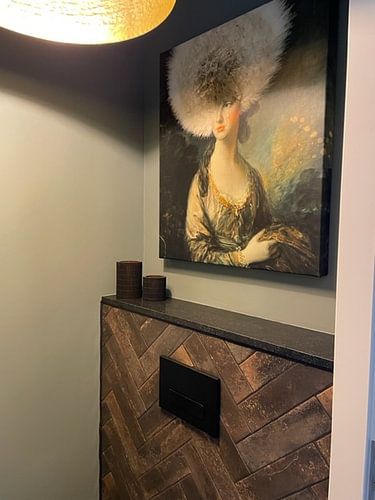
 Netherlands
Netherlands Ordered in July 2019
Ordered in July 2019
 Netherlands
Netherlands Ordered in May 2018
Ordered in May 2018
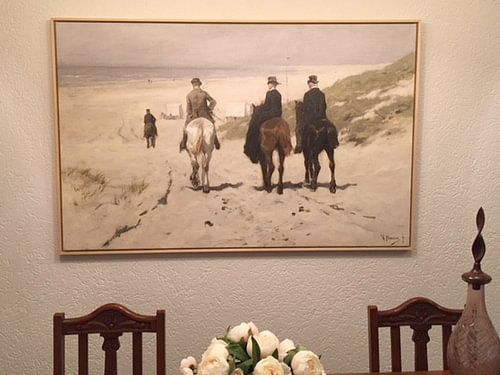
About the material
ArtFrame™
Interchangeable Art Prints
- High-quality print
- Easily interchangeable
- Acoustic function
- Large sizes available
Discover the artworks of Silva Wischeropp
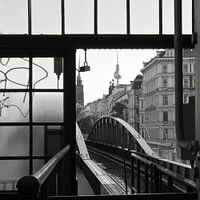 Underground station of the U2 line - special train to PankowSilva Wischeropp
Underground station of the U2 line - special train to PankowSilva Wischeropp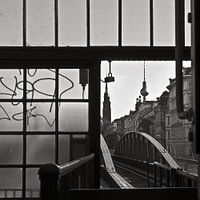 Berlin underground station Eberswalder Strasse of line U2Silva Wischeropp
Berlin underground station Eberswalder Strasse of line U2Silva Wischeropp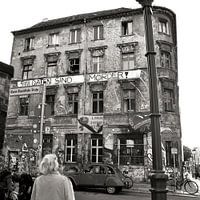 Old, squatted house in the Scheunenviertel district of Berlin-MitteSilva Wischeropp
Old, squatted house in the Scheunenviertel district of Berlin-MitteSilva Wischeropp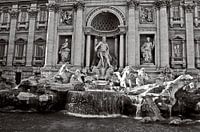 The Trevi Fountain - Fontana di TREVI in RomeSilva Wischeropp
The Trevi Fountain - Fontana di TREVI in RomeSilva Wischeropp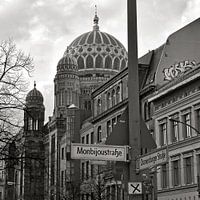 New Synagogue (Berlin) in the Mitte districtSilva Wischeropp
New Synagogue (Berlin) in the Mitte districtSilva Wischeropp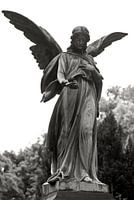 Sculpture of an angel in the St. Elisabeth cemeterySilva Wischeropp
Sculpture of an angel in the St. Elisabeth cemeterySilva Wischeropp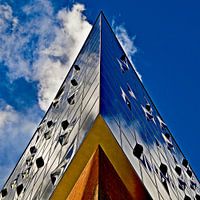 When music touches the skySilva Wischeropp
When music touches the skySilva Wischeropp Underground station of the U2 line - Berlin-Pankow(East Berlin)Silva Wischeropp
Underground station of the U2 line - Berlin-Pankow(East Berlin)Silva Wischeropp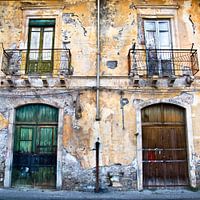 Mysterious, Sicilian facadeSilva Wischeropp
Mysterious, Sicilian facadeSilva Wischeropp Banana leaves in the warm autumn lightSilva Wischeropp
Banana leaves in the warm autumn lightSilva Wischeropp Magical rainbow at the OderbruchSilva Wischeropp
Magical rainbow at the OderbruchSilva Wischeropp Magic Sicilian Sea SoundSilva Wischeropp
Magic Sicilian Sea SoundSilva Wischeropp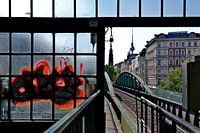 Popular underground station on the U2 line on Eberswalde StrasseSilva Wischeropp
Popular underground station on the U2 line on Eberswalde StrasseSilva Wischeropp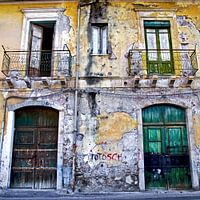 Once upon a time in Taormina on the island of SicilySilva Wischeropp
Once upon a time in Taormina on the island of SicilySilva Wischeropp Fantastic view of the Dordogne valley from the Bastide DommeSilva Wischeropp
Fantastic view of the Dordogne valley from the Bastide DommeSilva Wischeropp Imaginative sand dunes at Henne Strand in JutlandSilva Wischeropp
Imaginative sand dunes at Henne Strand in JutlandSilva Wischeropp Women bathing on the beach at Nha Trang in VietnamSilva Wischeropp
Women bathing on the beach at Nha Trang in VietnamSilva Wischeropp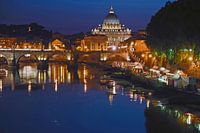 Night panorama with the Bridge of Angels and St Peter's Basilica in RomeSilva Wischeropp
Night panorama with the Bridge of Angels and St Peter's Basilica in RomeSilva Wischeropp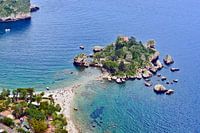 Paradise Isola Bella on the east coast of SicilySilva Wischeropp
Paradise Isola Bella on the east coast of SicilySilva Wischeropp Turquoise blue tracks on the dune on the Baltic Sea beachSilva Wischeropp
Turquoise blue tracks on the dune on the Baltic Sea beachSilva Wischeropp
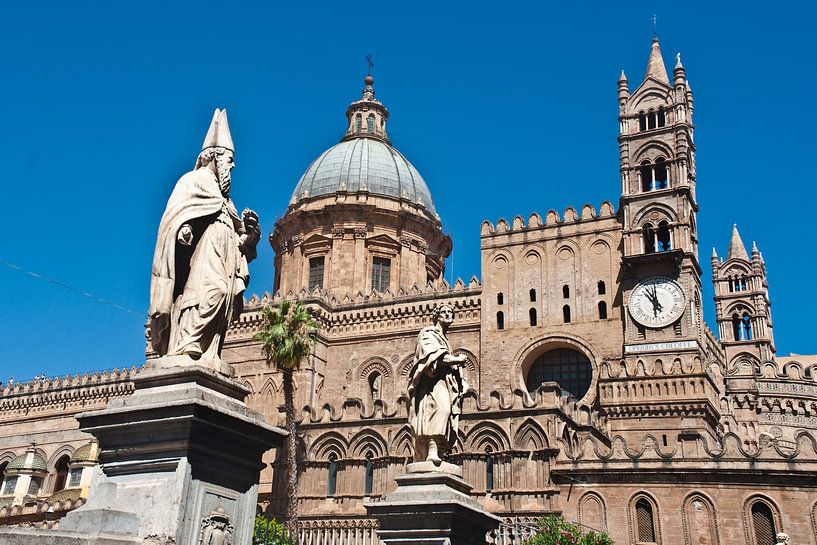

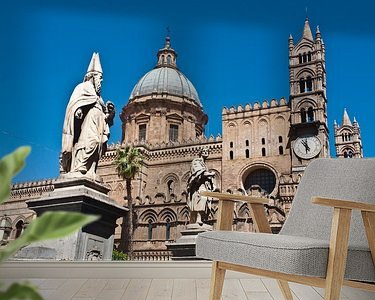


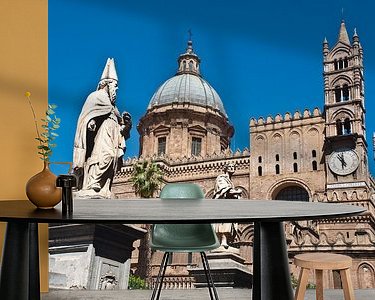


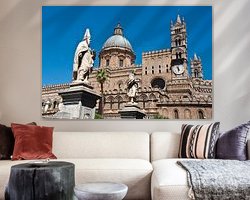
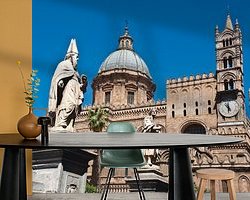

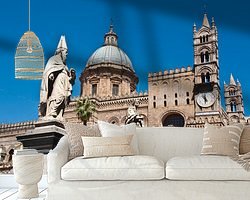

 Architecture
Architecture Asian art
Asian art Cathedral
Cathedral Italy
Italy Photo wallpaper
Photo wallpaper Photography
Photography Powerful Expression
Powerful Expression Serene Peace
Serene Peace UNESCO World Heritage Locations
UNESCO World Heritage Locations Vibrant Colors
Vibrant Colors









